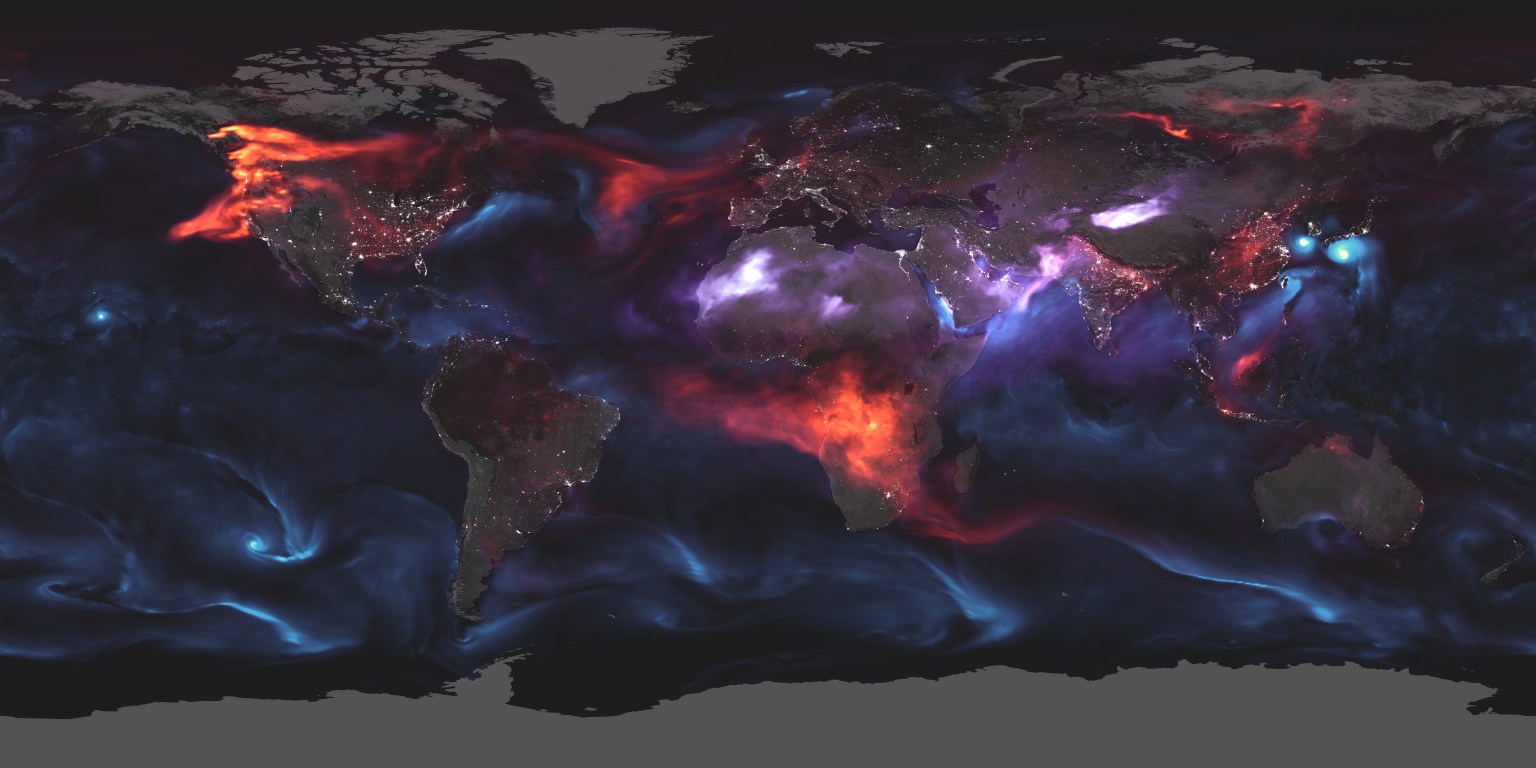
NASA's Earth Observatory
United States embassies and consulates, along with American citizens traveling and living abroad, now have a powerful tool to protect against polluted air, thanks to a collaboration between NASA and the U.S. State Department.
Since 2020, ZephAir has provided real-time air quality data for about 75 U.S. diplomatic posts. Now, the public tool includes three-day air quality forecasts for PM2.5, a type of fine particulate matter, for all the approximately 270 U.S. embassies and consulates worldwide. These tiny particles, much smaller than a grain of sand, can penetrate deep into the lungs and enter the bloodstream, causing respiratory and cardiovascular problems.
"This collaboration with NASA showcases how space-based technology can directly impact lives on the ground," said Stephanie Christel, climate adaptation and air quality monitoring program lead with the State Department's Greening Diplomacy Initiative. "This is not something the State Department could have done on its own." For instance, placing air quality monitors at all U.S. diplomatic posts is prohibitively expensive, she explained.
"NASA's involvement brings not only advanced technology," she added, "but also a trusted name that adds credibility and reliability to the forecasts, which is invaluable for our staff stationed abroad."
The forecasts, created using NASA satellite data, computer models, and machine learning, are crucial for U.S. embassies and consulates, where approximately 60,000 U.S. citizens and local staff work. Many of these sites are in regions with few local air quality monitors or early warning systems for air pollution.
"ZephAir's new forecasting capability is a prime example of NASA's commitment to using our data for societal benefit," said Laura Judd, an associate program manager for Health and Air Quality at NASA. "Partnering with the State Department allows us to extend the reach of our air quality data, providing embassies and local communities worldwide with vital information to protect public health."
Enhancing Health, Safety with NASA Air Quality Data
To manage air pollution exposure, the tool can assist diplomatic staff with decisions on everything from building ventilation to outdoor activities at embassy schools.






